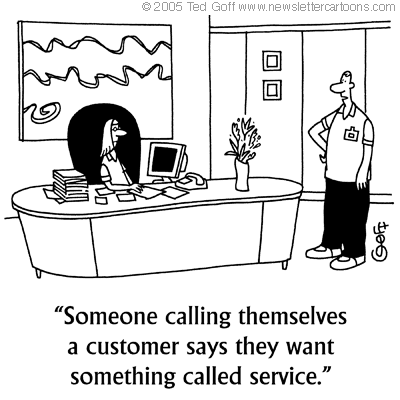Mobile
App or Mobile Website?
As the use of
Mobiles is rapidly increasing every year, the use of mobile apps and webs also
becomes more advantageous to marketers. A mobile App is defined as a software
application that runs on a smart phone like the Android and Apple apps; while
Mobile web is basically а slimmed down version of a normal website that is
enhanced for smaller display areas such as on mobile phones; to enter a website
on your mobile you will have to open a browser application such as safari and
Google chrome
Which
one should І choose for my Business?
A
business should first understand that the best decision to choose between
mobile app and mobile web can only depend on the nature of its business, its
audience/ target group and its marketing budget.
Business
nature:
Mobile
apps can be personalized to the needs of your business and your customers. Example,
for a takeaway restaurant in Hamilton, A consumer would find it much easier and
quicker to pick an order from a push button ordering menu, than accessing the
website from the browser and having to look for the order button.
Audience/Target group:
A
business should think about how frequent its target group uses or engages with
its brand or business, because an app requires someone to discover it in order
to download it. And people are likely to download apps only for things that
relate to their everyday lifestyle, an example would be Facebook app, where by
people download it just instead of logging through the mobile website, because
most of the people check it regularly and often on a daily basis.
Budget:
In terms of costs, creating
and maintaining a website is said to be more cost effective over a mobile app,
this is because mobile sites are built using HTML which was discussed earlier
by Waheed on this blog, whereas apps must be written specifically for one or
more of the leading mobile platforms such as Apple iOS, Window mobile, etc.; in
which the cost is therefore tripled and the process therefore takes a great
deal of time.
















